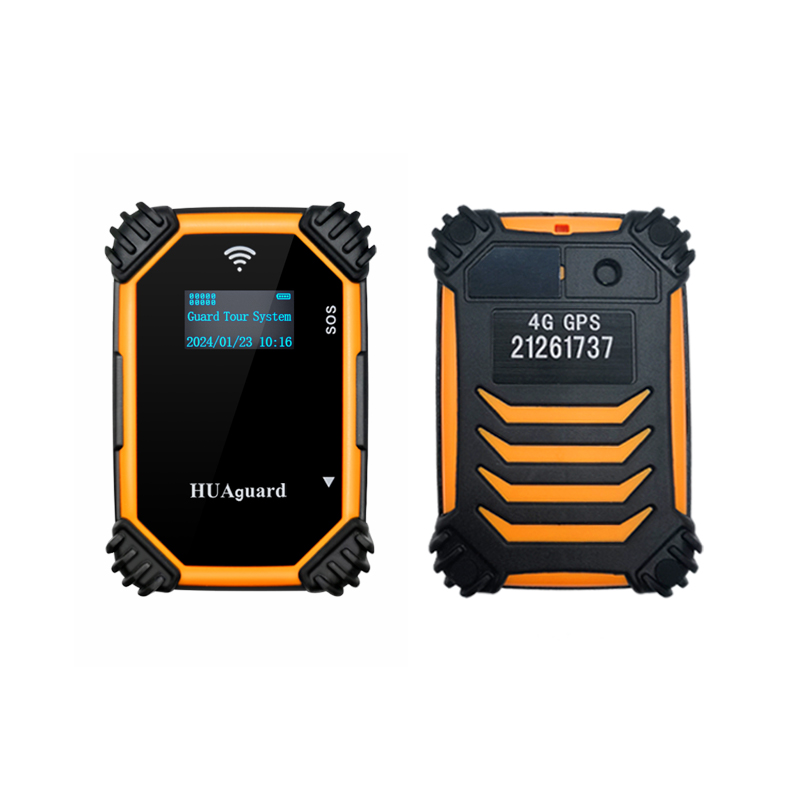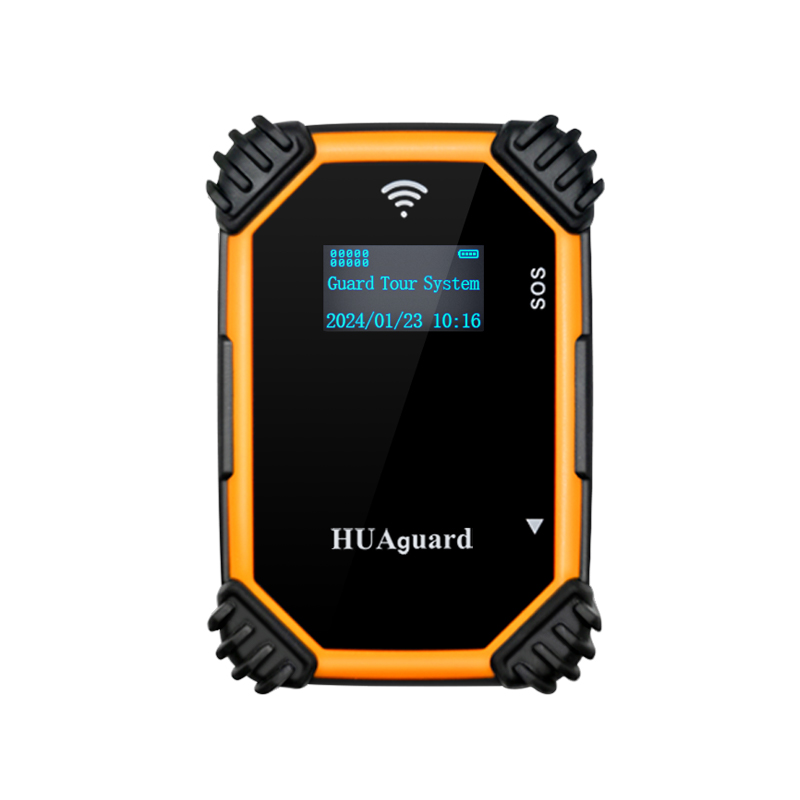

Strategic network segmentation is one of the most effective ways access control gate systems enhance workplace security. By placing control panels, badge readers, and surveillance cameras on different VLANs, critical devices can be isolated from general corporate traffic, reducing the risk of lateral movement after a breach. Implement firewalls or internal routers between these segments and enforce strict access control lists that only allow necessary communication protocols - such as HTTPS for management consoles and SNMP for monitoring. This approach limits the exposure of controllers to only authorized servers, preventing attackers who would compromise less critical assets from accessing access control systems. Proper segmentation also simplifies compliance audits because you can delineate the scope of systems subject to security policies and penetration testing requirements.
Protecting credential data in transit and at rest is the cornerstone of workplace security for access control systems. Without encryption, badge IDs, biometric templates, and user credentials travel across the network in clear text, vulnerable to interception or replay attacks. So, to mitigate these threats, use TLS 1.2 or higher end-to-end encryption for all device-to-server and server-to-server communications. Meanwhile, enforcing certificate-based mutual authentication also ensures that only authenticated readers and controllers can join the network. Use AES-256 encryption in the management platform’s database or file system to protect data at rest. Regularly rotate encryption keys and certificates to reduce the window of vulnerability if a key is compromised.

Clearly defined user roles and granular permissions are critical to ensuring access control gate systems support, rather than undermine, workplace security. Establish a role-based access control (RBAC) policy that aligns with your organizational hierarchy, granting administrators, security operators, and auditors only the permissions they need to perform their tasks. For example, a front desk person might have "read-only" permissions, while a security director can modify schedules or door lock rules. In addition, integrate your access control platform with an enterprise identity provider, such as Active Directory or LDAP, to synchronize user attributes and enforce single sign-on (SSO), reducing password fatigue and the proliferation of unauthorized accounts. Additionally, implementing multi-factor authentication (MFA) for high-privilege roles can prevent credential theft. A comprehensive user management framework protects against insider threats and human error, while providing clear accountability through detailed change logs and time-stamped event records.
Layered defenses for access control systems include next-generation firewalls and intrusion prevention systems (IPS), which can proactively inspect and filter network traffic. Deploy NGFWs at the control network perimeter to enforce deep packet inspection and block known malicious signatures and anomalous behavior. At the same time, strict port restrictions should be configured to allow only HTTPS, SSH, and SNMP to minimize open attack vectors. Internally, isolate the network using a host-based firewall on a server running access control management software to isolate it from broader corporate resources. Implement customized IPS signatures to detect firmware vulnerabilities and known exploits in commonly used controllers or cameras. Regularly update firewall firmware and IPS signature databases to protect against emerging threats.

Continuous monitoring and intelligent log analysis are key to adequate workplace security through access control systems. Centralize audit logs into a security information and event management (SIEM) platform. Correlate these logs with network telemetry to identify suspicious patterns, such as repeated access denials or login attempts during off-hours. Deploy real-time dashboards highlighting anomalies, allowing security teams to investigate and respond quickly. Additionally, leveraging machine learning capabilities in advanced SIEMs to detect deviations from established behavioral baselines can uncover insider threats or compromised devices. Schedule routine forensic reviews to verify that no unauthorized configuration changes have occurred. With a data-driven monitoring strategy, your access control gate system can serve as an entry point and a key sensor in your workplace security architecture.
Access control gate systems are key in strengthening workplace security by combining physical access regulations with advanced cyber protections. Organizations can build a comprehensive security framework to protect people, assets, and sensitive data through strategic network segmentation, strong encryption, granular user management, layered firewall defenses, continuous monitoring, and secure remote operations.